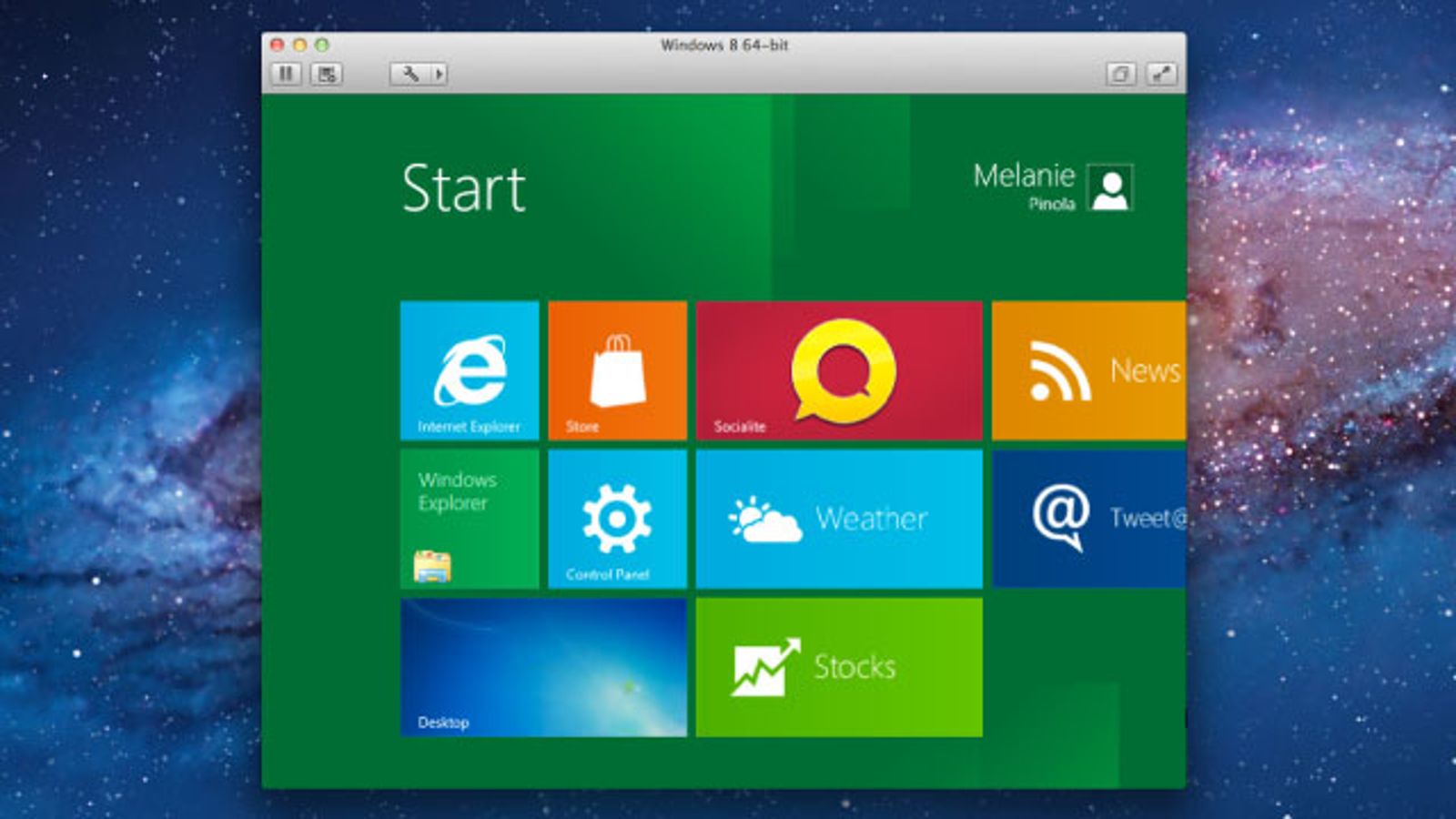
- #INSTALL LZIP FOR WINDOWS HOW TO#
- #INSTALL LZIP FOR WINDOWS INSTALL#
- #INSTALL LZIP FOR WINDOWS SOFTWARE#
- #INSTALL LZIP FOR WINDOWS WINDOWS#
#INSTALL LZIP FOR WINDOWS WINDOWS#
This tutorial helped you for installing OpenSSL on the Windows system. After that type version to get the installed OpenSSL version on your system. Open a command prompt on your system and type openssl to open OpenSSL prompt. Go to “ Advanced” tab and click on “ Environment variables“. Alternatively, you can open Command Prompt and type the same command to open System Properties Press Windows + R keys together to open run window, Then type “ sysdm.cpl” in the Run dialog box and hit Enter. Set Variables Permanently – You can also set the OPENSSL_CONF and Path environment variables in the system permanently. Use the following commands to set the environment for the current session only: set OPENSSL_CONF=C:\OpenSSL-Win64\bin\openssl.cfg set Path=%Path% C:\OpenSSL-Win64\bin You are required to set OPENSSL_CONF and Path environment variables. Now set the environment variables to function OpenSSL properly on your system. Then again run the OpenSSL installer and follow the wizard.
#INSTALL LZIP FOR WINDOWS INSTALL#
If your system doesn’t have Microsoft Visual C++ installed, the installer will show your message like:Ĭlick Yes to download and install required Microsoft Visual C++ package on your system. The OpenSSL required Microsoft Visual C++ to be installed on your system. Now run the OpenSSL installer on your system. The above screenshot may be outdated but we recommend downloading the most recent version of OpenSSL. Click the below link to visit the OpenSSL download page: You need to download the latest OpenSSL windows installer file. This tutorial will help you to install OpenSSL on Windows operating systems.

#INSTALL LZIP FOR WINDOWS HOW TO#
Additionally, we explore how to install OpenSSL on Windows using simple steps that even beginners can understand. In this article, you will learn what OpenSSL is and why it’s essential when creating a new app or program with security in mind.
#INSTALL LZIP FOR WINDOWS SOFTWARE#
You see, OpenSSL helps developers and programmers create applications or software that have encrypted communication over the internet. Luckily for you, this article will explore how you can install OpenSSL on Windows. Keeping these two factors in mind is essential when installing software on your Windows OS. On the other hand, it’s also important that programs and apps are able to access information from users as needed so they can complete tasks efficiently. On one hand, you need to keep your computer safe from viruses and hackers so that confidential information doesn’t get leaked. to see diagnostic information about FFmpeg detection.Keeping your computer secure is a balancing act. You can also choose Help > Diagnostics > Show Log. button to obtain the correct library for your operating system.

If you still see "not found", you may have installed the wrong libraries. Click Open then OK and OK again to close Preferences.įFmpeg Library Version should now show a set of three version numbers for the sub-libraries of FFmpeg ("F" for libavformat version, "C" for libavcodec version and "U" for libavutil version).Navigate to the folder that contains FFmpeg, and select the file avformat-55.dll.

If the " Locate FFmpeg" dialog appears, click Browse.If a " Success" message indicates Audacity has now automatically detected valid FFmpeg libraries and asks if you want to detect them manually, click No, then OK to close Preferences.To do this, access Preferences then the "Libraries" tab on the left:Īs seen in the image above, the "FFmpeg Library Version" will say "not found". If you installed FFmpeg while Audacity was running, or if you installed FFmpeg to a non-default location, Audacity will ask you to configure Preferences to locate the FFmpeg library.


 0 kommentar(er)
0 kommentar(er)
